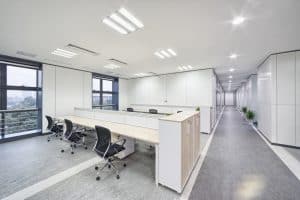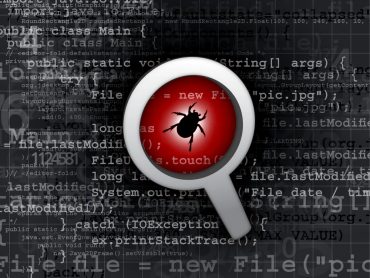
Companies must realize that smart buildings can deliver more value in space optimization and employee productivity than in merely reducing energy costs.
Most discussions about smart buildings address facilities management. A building might use real-time systems to monitor and manage security, HVAC, lighting, and energy management. Other leading-edge applications areas include smart lobbies and smart elevators.
The pandemic has increased the need for many more smart, intuitive systems. Employers must provide assurances that their workers will be safe. They need real-time solutions that help monitor and enforce social distancing of their employees and room-by-room environmental health quality.
They also need visitor management systems that do more than log a person in when they enter a facility. In many cases, visitors will need to be screened (a quick temperature check) and their movement throughout the building tracked to be sure rooms are not overcrowded.
See also: Real-Time Smart Building Apps Will Enable a Return to Work
A more inclusive approach to smart buildings
Smart buildings have traditionally provided improved control over physical aspects of building management. Real-time systems that manage those features rely on integrated sensors and IoT systems elements to capture data to derive AI-based data analytics.
Now, much more is required to meet the new norm‘s demands as people return to the office. Specifically, what’s needed is a transition from legacy, often proprietary smart building systems to systems based on an open architecture that allows discrete smart building systems to synergistically work together.
Cost savings still drive the need for smart building systems. But now, companies and building owners realize that there is more value in space optimization and employee productivity than in merely reducing energy costs. As such, new systems are needed to:
Measure real-time occupancy throughout a building: If density levels are too high in any room or common area, the system must be able to initiate a de-densification process.
Monitor down to the seat level: Knowing if or when someone sat at a workstation or occupied a room is required to coordinate the cleaning and disinfecting of surfaces.
Control air quality: Rather than just monitor environmental conditions, smart buildings must react dynamically in real time and make adjustments. If the number of people in one room starts to grow, increase ventilation to ensure proper airflow. It is those types of actions that are needed in the new workplace.
Integrating such disparate systems is the future for smart buildings. The trend is similar to what is happening in the smart city space. Smart cities typically have been envisioned as monolithic entities where data from pervasive sensors is centrally analyzed for many use cases. Such a concept is changing in that most smart cities will likely be a collection of multiple smart spaces, including smart traffic lights, smart lobbies, smart roadways, smart utilities, smart waste management, and more.






